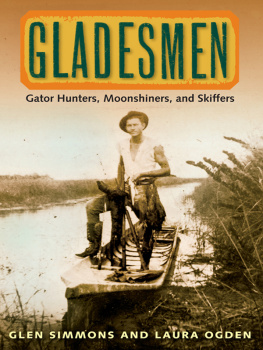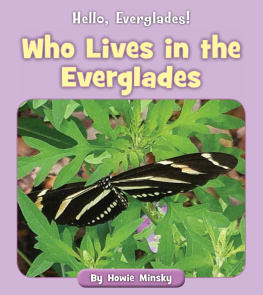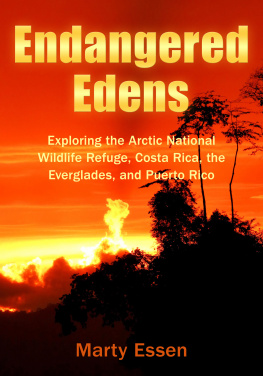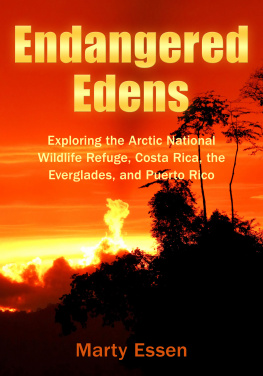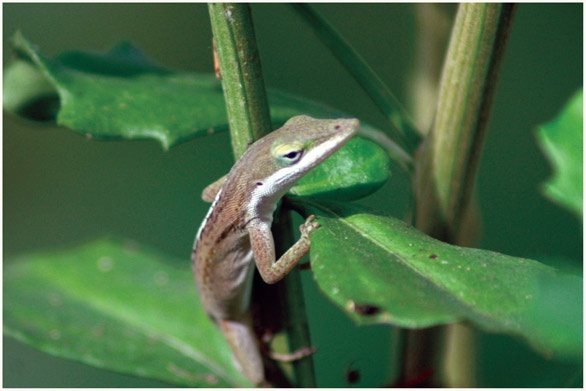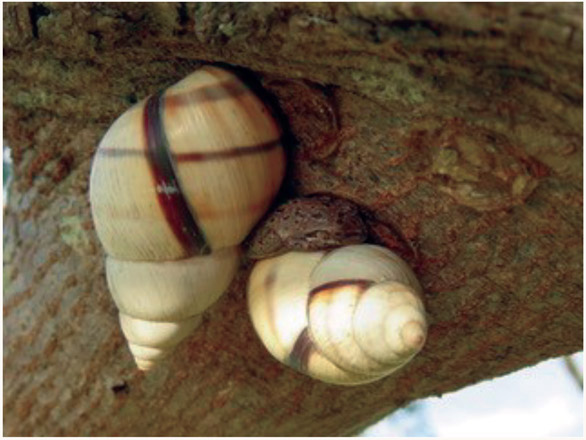ANNE E. AKE has written six previous books for adult and young adult audiences, as well as numerous magazine articles on the arts, people, and nature. She has edited an arts magazine and published a childrens magazine. Her photography has appeared in local and regional publications. A resident of north Florida, she served on the board of Friends of St. Andrews State Park, the Visual Arts Center, and Bay Watch, and belongs to environmental organizations including Audubon, Sweet Bay chapter of The Native Plant Society, and Bay County Conservancy. She most enjoys time with family and pets.
There are no other Everglades in the world. They are, they have always been, one of the unique regions of the earth; remote, never wholly known. Nothing anywhere else is like them...
Marjory Stoneman Douglas
THE HEART OF THE EVERGLADES IS A GREAT RIVER that slides almost imperceptibly across south Florida. It does not look like a river. It is too wide. At some points, it stretches fifty miles from shore to shore. It does not carry riverboats loaded with goods and passengers. It is too shallowabout three feet in the depths of the channels and only six inches deep across much of its width. It does not slice through mountains or pound boulders into sand in its rush to reach the sea. Instead, it slips serenely across the land at a rate of 100 feet (30 meters) per day. It looks more like a marsh than a river because it is filled with waving aquatic grasses. Yet it is a riverand a mighty onebecause it drives a huge ecosystem.
Conservationist Marjory Stoneman Douglas called it the River of Grass. River of grass is a beautiful description of the thousands of acres of aquatic grass and sedge washed by the gently flowing water, but it is not a complete picture. The Everglades is not all marsh. It is a complex ecosystem adapted to the flow of the water.
The word ecosystem refers to the web of connections between organisms and their physical and chemical environment. An ecosystem may contain a variety of habitats. An area of higher ground, for example, may be a habitat for a mouse that cant live on constantly wet ground, while marsh provides other organisms just what they need. But both habitats are part of a larger ecosystem.
The Everglades ecosystem ends with the sea, but the beginning point is not as distinct. It is all about the water. The rain falling on Central Florida forms the Kissimmee Chain of Lakes which drain and run together to form the Kissimmee River, which traditionally flowed southward forming the headwaters of Lake Okeechobee. The sheet flow pouring over the southern rim of Lake Okeechobee creates the vast Everglades wetland and continues on to feed Florida Bay. Estimates of the size of the Everglades vary because people define the Everglades in different ways. Many people think of the Everglades as the remaining wilderness lands, and others narrow the definition further to mean the land protected by the Everglades National Park. Locals often colloquially refer to the wild Everglades simply as the Glades. However, the Everglades ecosystem originally comprised the entire southern third of Florida. Today, the highly developed coastal areas of southern Florida are still dependent on maintaining a viable Everglades ecosystem.
GATOR HOLE
The Everglades includes varied habitats, but sawgrass prairie dotted with tree islands is the heart of the Everglades. The vast vistas of waving sawgrass inspired Marjory Stoneman Douglas to call the Everglades the River of Grass. KEVEN CHRISTMAN
WHY ARE THERE EVERGLADES?
When most of the earths land masses were firmly established, Florida was still undecided as to whether it would be land or sea. The low-lying land changed size and shape with the whims of the sea. Each time the sea claimed the land as its own it brought a load of calcium carbonite and a horde of bryozoanstiny creatures with calcium shells. The sea calcium formed grains called ooids and dropped to the bottom. The bryozoans died and joined the ooids. Eventually they bonded together to become limestone.
I LIVE IN THE GLADES
Anoles
ANNE E. AKE
The green anole (Anolis carolinensis) is often mistakenly called a Florida chameleon because it can change colors from bright green to shades of brown and, when stressed or injured, almost black. The green anole is not as common in the Everglades as it once was because of competition for food and habitat from the brown or Cuban anole (Anolis sagrei), an exotic species that is spreading rapidly throughout Florida. The two look very similar when the green anole is in its brown coloration, but the brown anole cannot turn green. The green anole appears to have almost disappeared in Florida. But some herpetologists point out that green anoles like to climb more than brown ones do. They theorize that they have moved higher into the trees where they are harder to spot. And where they dont have to compete with their brown relatives for food. But at this point the theory has not been proven.
I LIVE IN THE GLADES
Tree Snails
KEVIN CHRISTMAN
Liguus tree snails (Liguus fasciatus), the little gems of the Everglades, were once common in Everglades hardwood hammocks. Note the well-camouflaged little squirrel frog nestled between these two. These colorful two-to-three-inch (five-to-seven-centimeter) tree snails come in almost sixty variations of pattern and color. They range from solid brown or white to bright stripes or wild color flares in pink, yellow, and green. During the wet summer months, they slither along tropical tree trunks dining on fungus and lichens. As the dry winter season approaches the snails make their way to the ground and bury a clutch of eggs at the base of the tree. The adult snail then returns to the tree where it sticks itself to the trunk and estivates until the spring rains return. Estivation is a dormant stage similar to hibernation. The beautiful liguus is now rare due to loss of habitat, shell collecting, spraying for mosquitoes, and drowning of eggs by disruption of natural water flow patterns.
Erosion built the limestone karst into a mass of jagged crags and holes. It rose into low ridges around the edges of what is now south Florida and flattened into a shallow basin in the middle. The limestone was porous, and water flowed through it and over it. The sea slipped away one more time and left the Florida peninsula barely above sea level. Seeds from other land masses were blown in by the wind or washed ashore on floating debris. Plants began to grow, and animals from the Caribbean to the south and from farther north on the continent also followed the breezes and currents and changing food sources and moved in. An unusual blend of tropical and temperate plants and animals populated the peninsula. Roots and other plant matter gradually formed a thick mat of peat. The peat soil was dense and black, and its low oxygen content made it resistant to decay. Archeologists love peat bogs because they preserve ancient relics in almost perfect condition. The peat is also environmentally important because it stores large amounts of carbon.
Most of the year a layer of water still washed over the peat, and underneath, water flowed through the limestone to form the Biscayne Aquifer. This aquifer that lies just beneath the surface provides the fresh water for south Florida. This geologic design resembling a water-filled sponge set the stage for the development of a unique ecosystemthe Everglades. Beneath the Biscayne Aquifer is the huge Floridan Aquifer System, which lies underneath all of Florida and parts of Georgia, Alabama, and South Carolina. The water in the Floridan Aquifer tends to be brackish.


